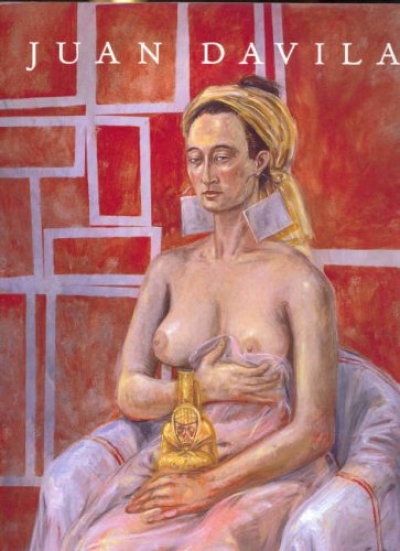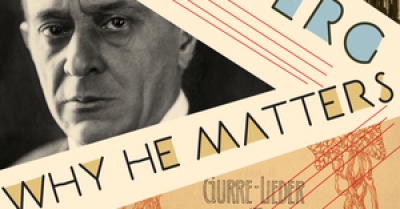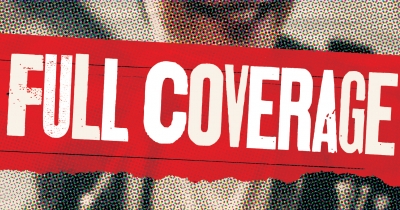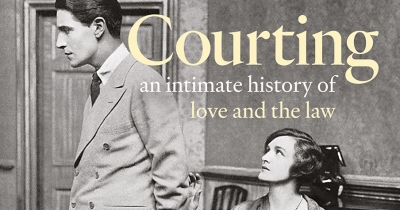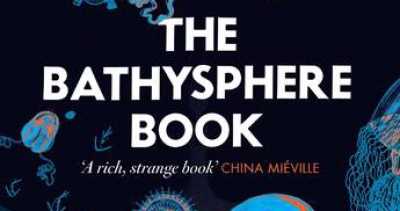Arnold Schoenberg rarely missed a punch. Whether in music theory, composition, or the fraught polemics of his age, he communicated with a clarity of purpose verging on the tyrannical. Visiting Schoenberg in California during his last years, the conductor Robert Craft commented on ‘the danger of crossing the circle of his pride, for though his humility is fathomless it is also plated all the way down with a hubris of stainless steel’. Harvey Sachs is worried that music lovers of the twenty-first century are failing to appreciate the continuing significance of the composer despite, or perhaps because of, this armour-plating. Addressed to the musical ‘layman’, Sachs’s ‘interpretive study’ is a passionate, occasionally self-doubting essay intended to demonstrate why Schoenberg still matters. Schoenberg’s five chapters follow a chronological track, attempting to account for most of the fifty-odd opuses of Schoenberg’s oeuvre, within a rich context of his life’s turbulent course. His chapter titles dramatically reflect the struggle – battle lines, war, breakthrough, and breakaway – of both his life and his works. Sachs popularises, refreshes, and sometimes refutes the stainless-steel images passed down in the sanctioned texts of musicology, many written by Schoenberg’s acolytes.
...
(read more)


